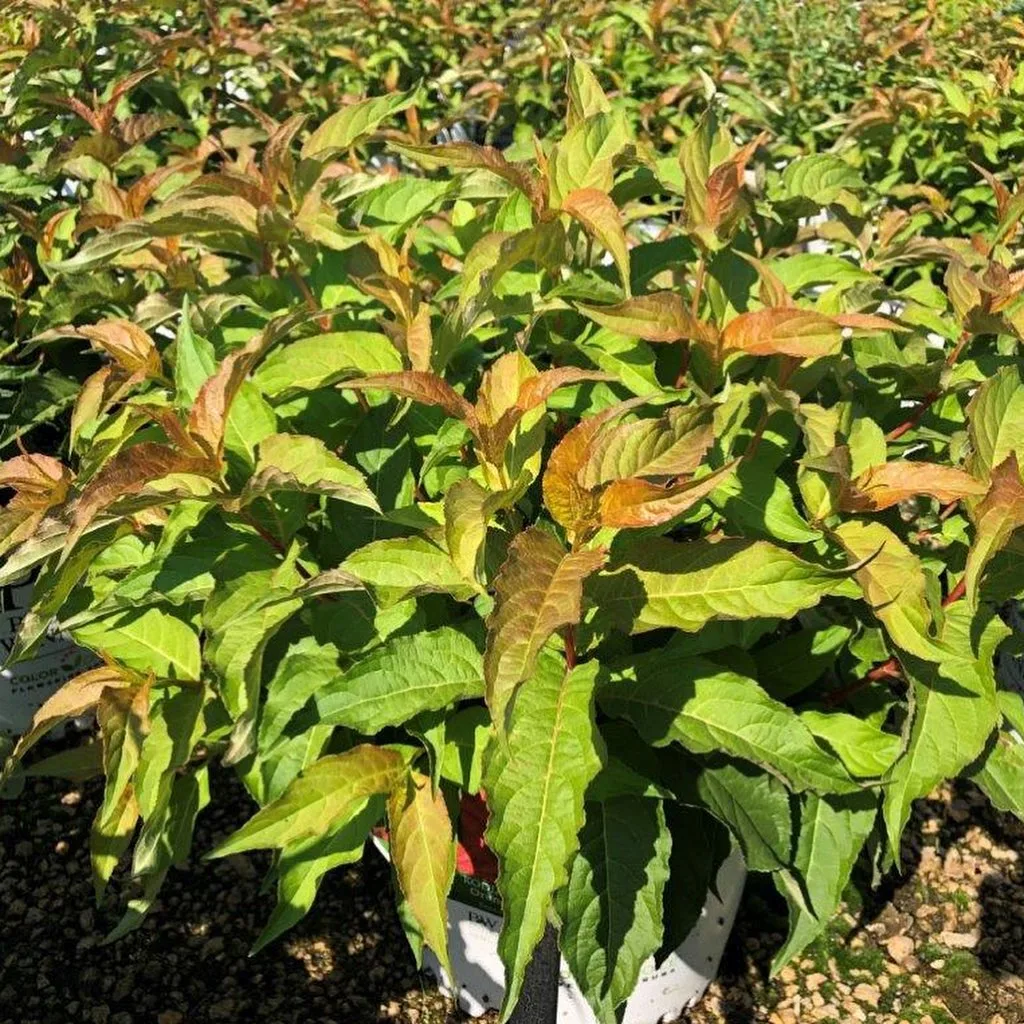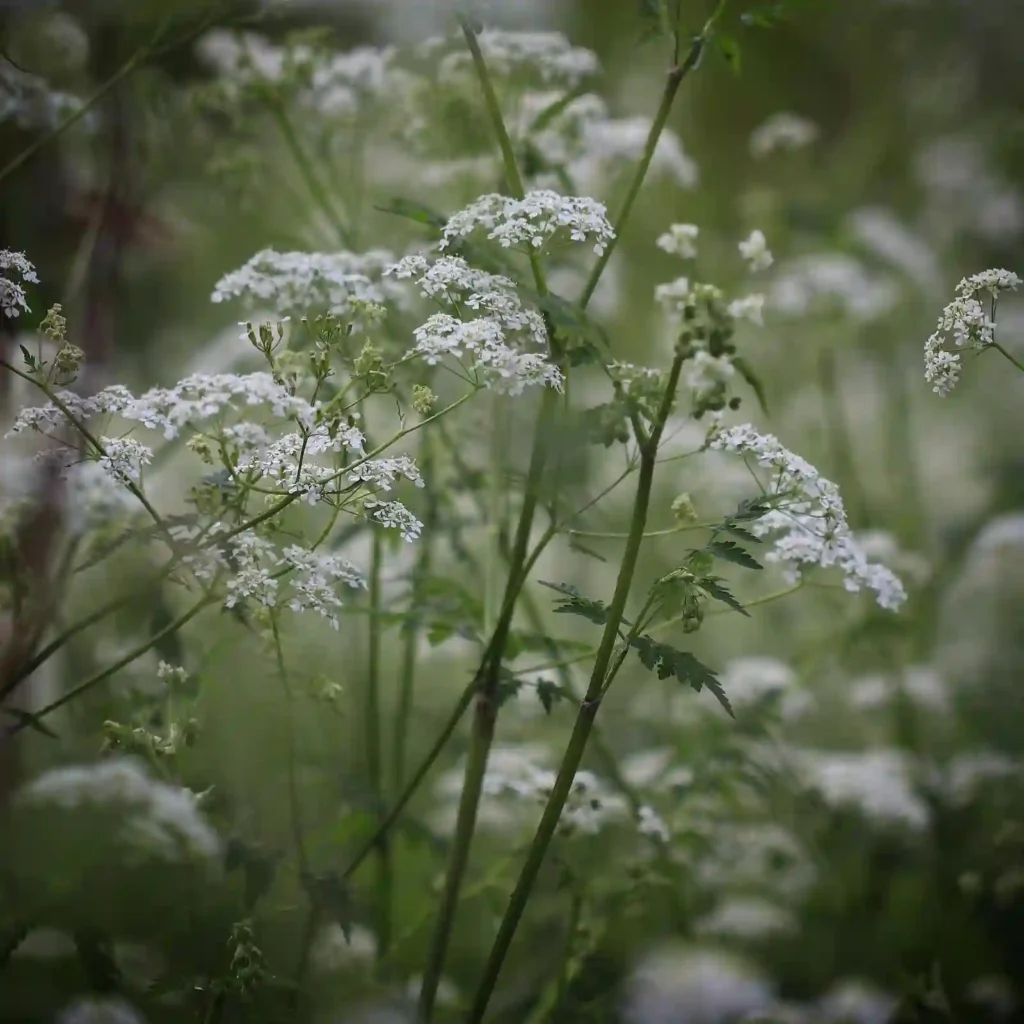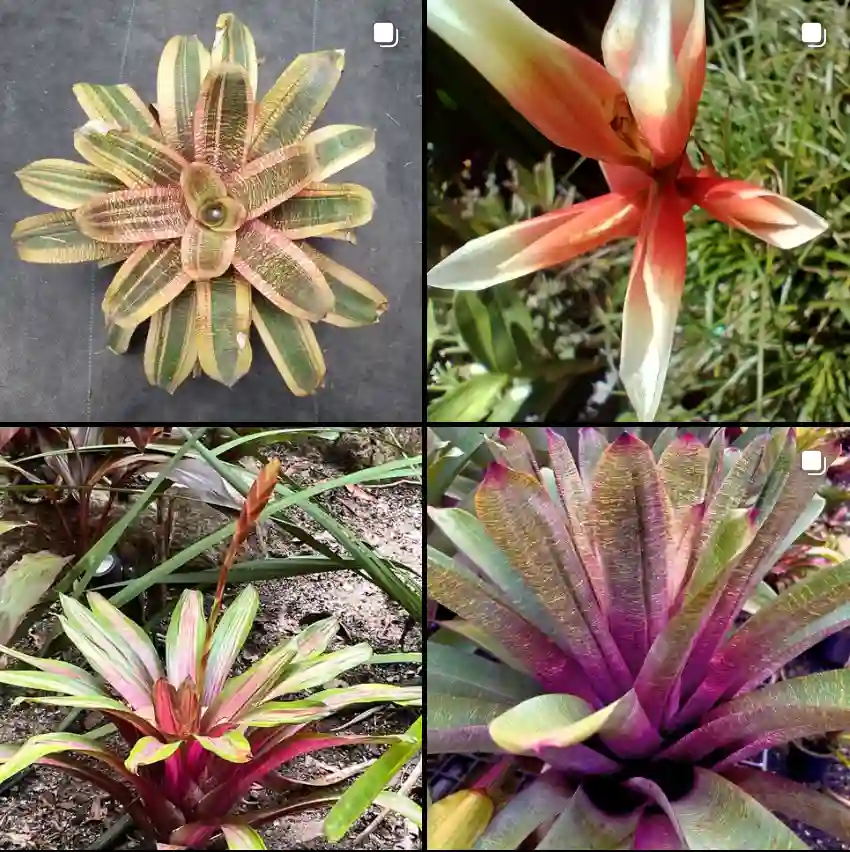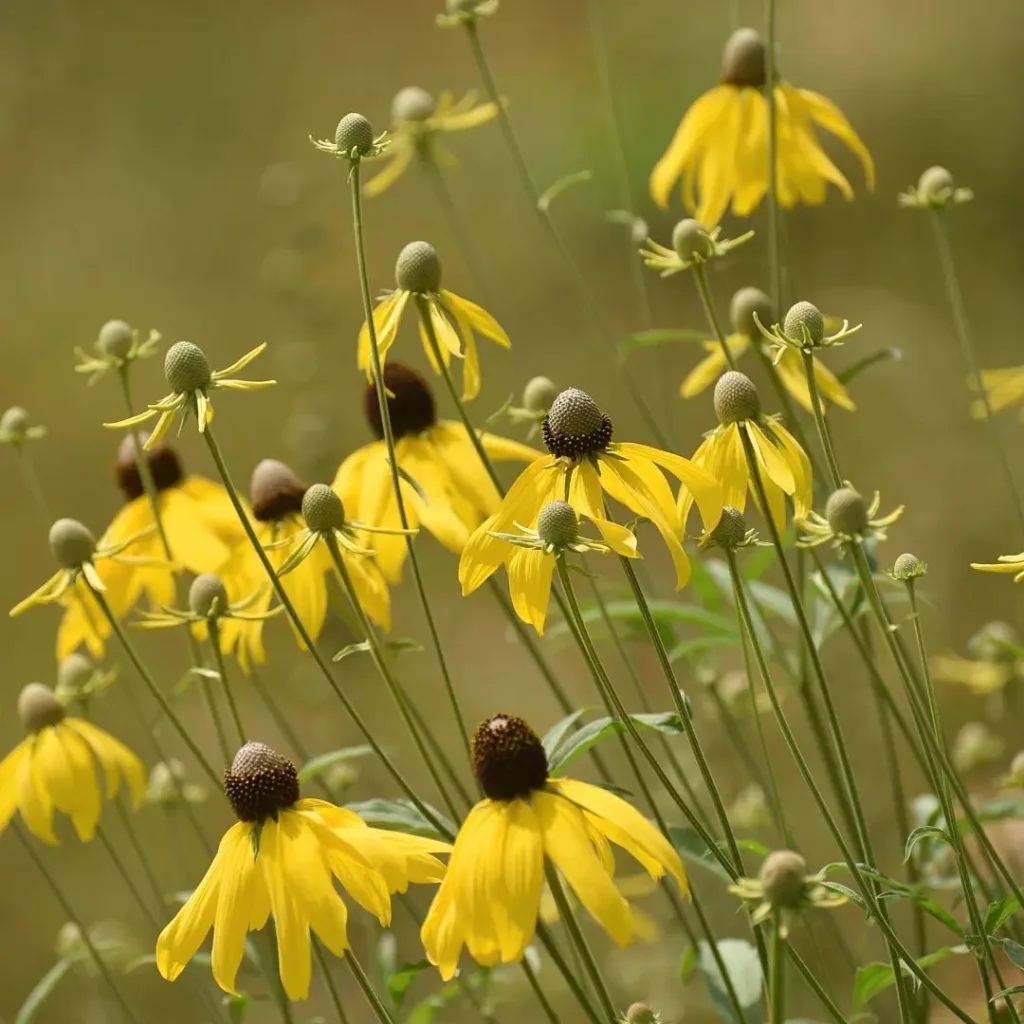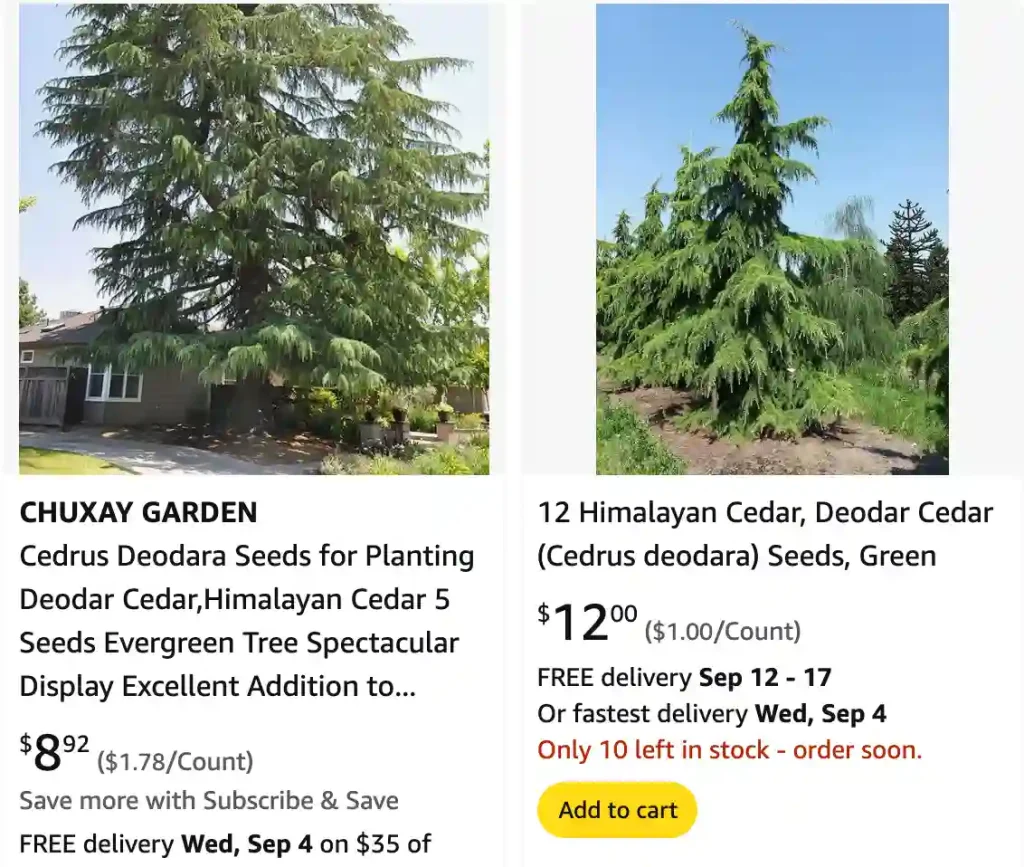
FAQs about Cedrus Deodara
Cedrus Deodara, also known as the Deodar Cedar, is one of my favorite coniferous trees. It’s a majestic evergreen, well-loved for its graceful, weeping branches and the aromatic scent of its wood. Originating from the western Himalayas, Cedrus Deodara has become a popular choice for gardeners and landscapers alike. In this article, I’ll share some frequently asked questions about Cedrus Deodara, covering topics from growing this beautiful tree from pine cones to distinguishing it from other similar species.
3 Species in Genus Cedrus
How to Grow Cedrus Deodara from Pine Cones?
Growing Cedrus Deodara from pine cones can be a rewarding but challenging task. First, you need to collect mature pine cones from a healthy tree. The cones should be brown and starting to open, indicating they are ready to release seeds. After collecting the cones, place them in a warm, dry area to fully open up. Once the cones have opened, shake them gently to release the seeds.
Next, you should stratify the seeds. This process involves simulating winter conditions to encourage germination. Place the seeds in a moist paper towel, seal them in a plastic bag, and store them in the refrigerator for about four to six weeks. After stratification, plant the seeds in a well-draining potting mix, covering them lightly with soil. Keep the soil consistently moist and place the pot in a location with indirect sunlight. Germination can take several weeks, so patience is key.
Is Cedrus Deodara Megastrobilus or Microstrobilus?
Cedrus Deodara produces both megastrobilus (female cones) and microstrobilus (male cones). The megastrobilus are larger, more robust, and develop into the woody cones that contain seeds. These cones are usually around 7-12 cm long and can be found hanging from the tree branches. On the other hand, the microstrobilus are smaller and produce pollen. These cones are clustered and release pollen into the air for fertilization, typically during the late spring or early summer.
What Does a Cedrus Deodara Do?
Cedrus Deodara serves various purposes, making it a versatile and valuable tree. It is often used as an ornamental tree in parks, gardens, and large landscapes due to its attractive, pyramidal shape and weeping branches. Its wood is aromatic, durable, and resistant to insects, making it a popular choice for construction and furniture in some regions. Moreover, the tree’s essential oils are sometimes used in traditional medicine and aromatherapy.
Where to Buy Cedrus Deodara Aurea?
Cedrus Deodara Aurea, also known as the Golden Deodar Cedar, is a popular cultivar recognized for its stunning golden-yellow foliage. You can find this tree at specialized nurseries, garden centers, or online plant retailers. When purchasing, it’s important to choose a reputable supplier to ensure you receive a healthy, disease-free plant. Always check the plant’s health by examining its needles and overall structure before making a purchase.
Cedrus Deodara vs. Cedrus Atlantica: How to Tell Them Apart?
Cedrus Deodara and Cedrus Atlantica, commonly known as the Atlas Cedar, are often confused due to their similar appearance. However, there are a few key differences to note. Cedrus Deodara typically has a more graceful, weeping habit with softer, drooping branches, whereas Cedrus Atlantica has a more upright, rigid branching structure. The needles of Cedrus Deodara are slightly longer, and the overall tree can grow larger compared to Cedrus Atlantica. Additionally, Cedrus Atlantica often has a bluish tint to its needles, while Cedrus Deodara’s needles are more greenish or gray-green.
How to Care for Cedrus Deodara?
Caring for Cedrus Deodara is relatively straightforward, but there are a few essentials to keep in mind. This tree prefers full sun and well-drained soil, although it can tolerate a range of soil types. Water young trees regularly to help establish a strong root system, but be careful not to overwater, as Cedrus Deodara is susceptible to root rot. Once established, these trees are quite drought-tolerant. Pruning is not usually necessary, but you can remove any dead or damaged branches to maintain the tree’s shape.
Can You Grow Cedrus Deodara Indoors?
Growing Cedrus Deodara indoors is generally not recommended due to its size and light requirements. This tree can reach heights of up to 40-70 feet or more, making it unsuitable for indoor environments. Additionally, it thrives best in full sunlight, which is often difficult to provide indoors. If you wish to enjoy the beauty of Cedrus Deodara, it’s best to plant it outdoors in a spacious area where it can grow to its full potential.
Is Cedrus Deodara Toxic?
Cedrus Deodara is not considered toxic to humans or pets, which makes it a safe choice for home landscapes. However, as with many plants, it’s advisable to avoid ingestion of any part of the tree to prevent potential allergic reactions or other issues.
Common Problems with Cedrus Deodara
Like any plant, Cedrus Deodara can face certain challenges. Common problems include root rot due to poor drainage, which can be prevented by ensuring the soil is well-drained. Additionally, this tree can be susceptible to infestations by aphids, mites, and scale insects. Regular monitoring and appropriate treatments, such as insecticidal soaps or horticultural oils, can help manage these pests. In areas with heavy snow or ice, branches may break under the weight, so it’s wise to plant Cedrus Deodara in a location where it’s protected from extreme weather conditions.
Benefits of Planting Cedrus Deodara
Planting Cedrus Deodara comes with numerous benefits. Its elegant appearance makes it a striking focal point in any landscape, while its evergreen nature provides year-round visual interest. This tree also offers habitat and food for wildlife, including birds that enjoy the seeds from its cones. Additionally, the tree’s dense foliage can serve as a windbreak or privacy screen.
In conclusion, Cedrus Deodara is a magnificent tree that can add beauty, fragrance, and utility to your garden. Whether you’re a seasoned gardener or just starting, understanding how to grow, care for, and appreciate this tree will enhance your gardening experience.
If i die, water my plants!
